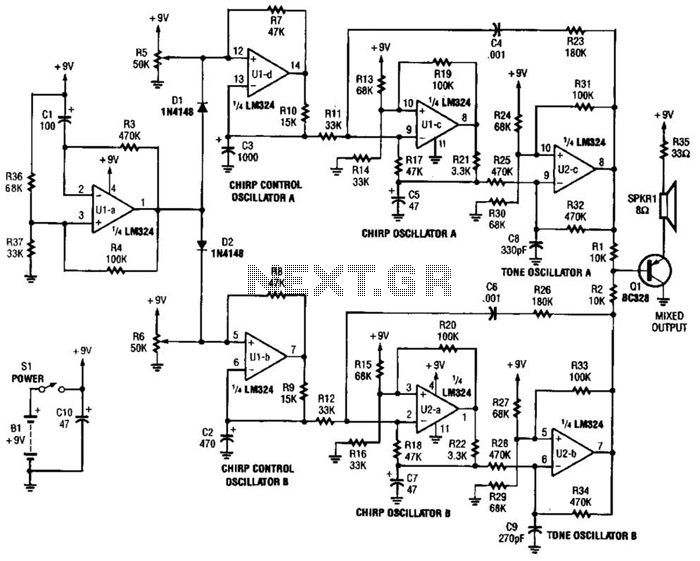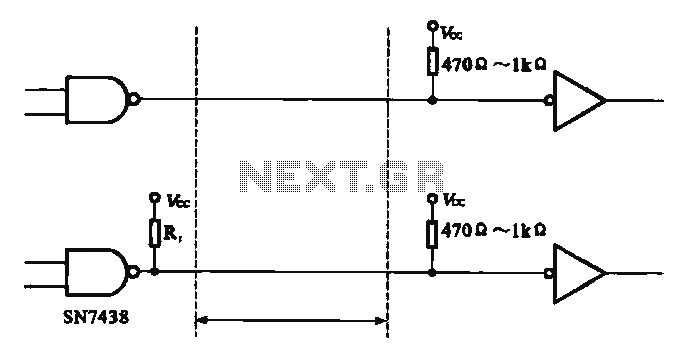
MS51C61 holiday lights ASIC circuit

The circuit utilizes a 220V AC input, which is converted to DC using a VD1-VD4 bridge rectifier. This rectified voltage is used to power four lights (H1 to H4). The circuit also includes a resistor (R1) for voltage limiting and a diode (VD5) for voltage regulation. Additionally, a capacitor (C1) acts as a filter for the power supply. A manual switch (SB) allows users to change the lighting mode, enabling a circular flashing effect with each press.
The described circuit begins with a 220V AC input, which is processed through a bridge rectifier composed of diodes VD1 to VD4. This configuration effectively converts the alternating current (AC) into direct current (DC), which is required for the operation of the subsequent components. The rectified output is then used to energize four separate lights labeled H1 through H4, providing illumination.
To ensure safe operation and to limit the voltage supplied to the lights, a resistor (R1) is incorporated into the circuit. This resistor serves the dual purpose of limiting current and preventing potential damage to the lights from excessive voltage. Following the resistor, diode VD5 functions as a voltage regulator, providing a stable output voltage to the circuit, thereby enhancing reliability and performance.
In addition to the basic lighting functionality, the circuit includes a filter capacitor (C1) connected to the power supply. This capacitor smooths out any voltage fluctuations resulting from the rectification process, ensuring a steady DC output. The presence of C1 is crucial for maintaining the performance of the lights, particularly in applications where consistent brightness is necessary.
Furthermore, the circuit is equipped with a manual switch (SB) that allows users to control the lighting mode. Each press of the switch alters the operation of the lights, enabling a circular flashing mode. This feature adds versatility to the circuit, making it suitable for various applications where dynamic lighting effects are desired.
Overall, this circuit design combines essential components to create a functional and adaptable lighting system, capable of providing both steady illumination and dynamic effects based on user input.220V AC by VD1-VD4 bridge rectifier, all the way to supply four lights HI ~ H4 electricity, another pass down Rl pressure limiting, VD5 voltage supply manifold A filter CI with electricity. SB for the manual key switch, each press can be changed becomes a circular lights flashing mode.
The described circuit begins with a 220V AC input, which is processed through a bridge rectifier composed of diodes VD1 to VD4. This configuration effectively converts the alternating current (AC) into direct current (DC), which is required for the operation of the subsequent components. The rectified output is then used to energize four separate lights labeled H1 through H4, providing illumination.
To ensure safe operation and to limit the voltage supplied to the lights, a resistor (R1) is incorporated into the circuit. This resistor serves the dual purpose of limiting current and preventing potential damage to the lights from excessive voltage. Following the resistor, diode VD5 functions as a voltage regulator, providing a stable output voltage to the circuit, thereby enhancing reliability and performance.
In addition to the basic lighting functionality, the circuit includes a filter capacitor (C1) connected to the power supply. This capacitor smooths out any voltage fluctuations resulting from the rectification process, ensuring a steady DC output. The presence of C1 is crucial for maintaining the performance of the lights, particularly in applications where consistent brightness is necessary.
Furthermore, the circuit is equipped with a manual switch (SB) that allows users to control the lighting mode. Each press of the switch alters the operation of the lights, enabling a circular flashing mode. This feature adds versatility to the circuit, making it suitable for various applications where dynamic lighting effects are desired.
Overall, this circuit design combines essential components to create a functional and adaptable lighting system, capable of providing both steady illumination and dynamic effects based on user input.220V AC by VD1-VD4 bridge rectifier, all the way to supply four lights HI ~ H4 electricity, another pass down Rl pressure limiting, VD5 voltage supply manifold A filter CI with electricity. SB for the manual key switch, each press can be changed becomes a circular lights flashing mode.
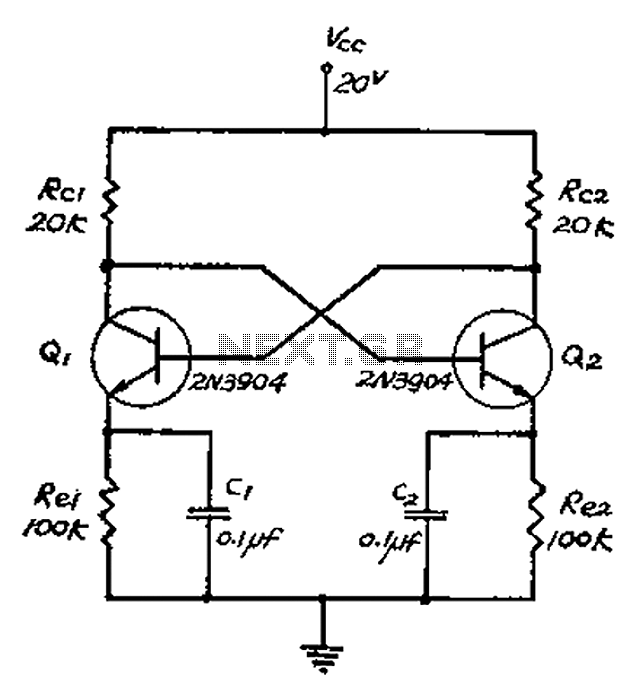
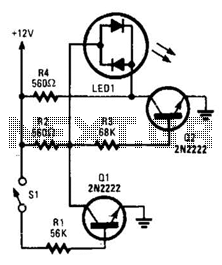
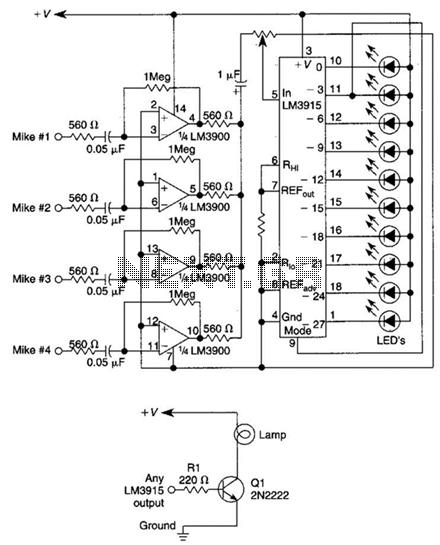
%2Bwith%2Banimation%2Bsimulation%2Bcircuit.png)
